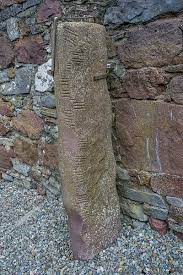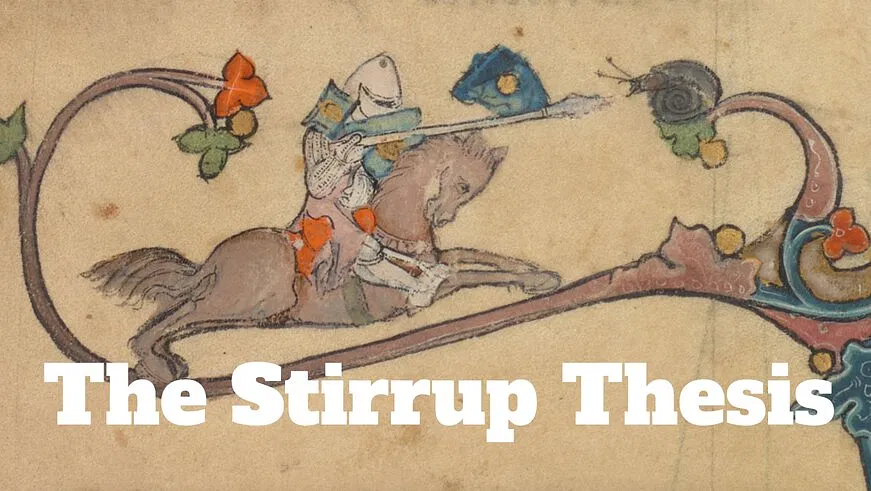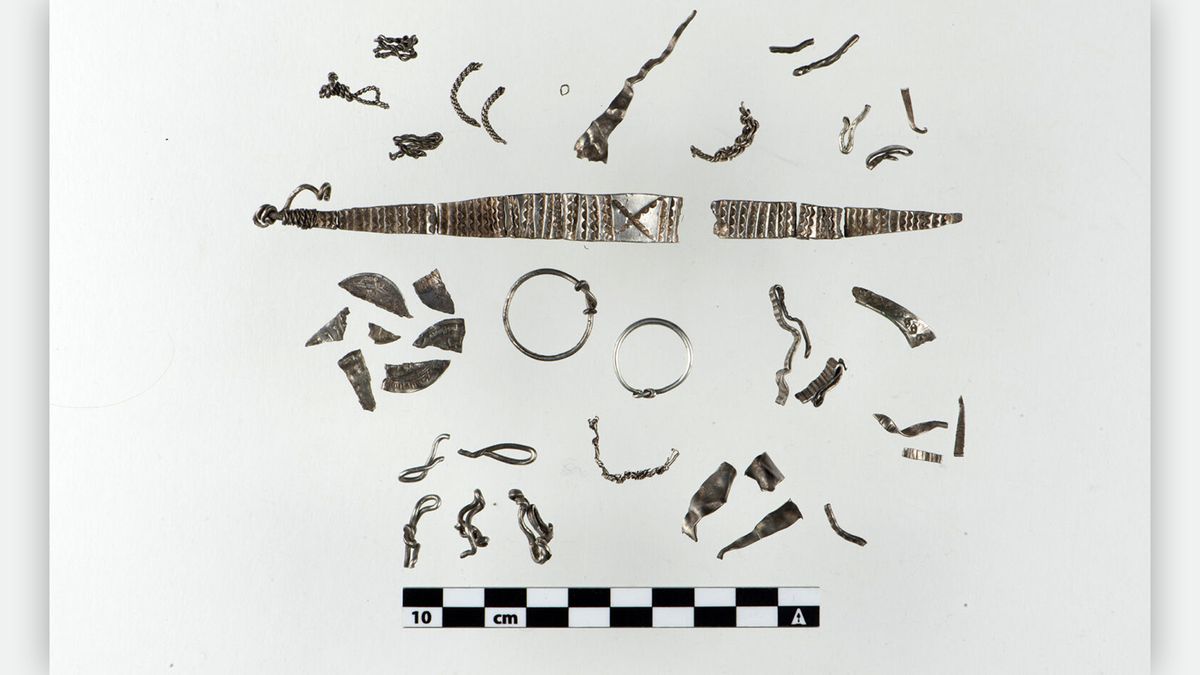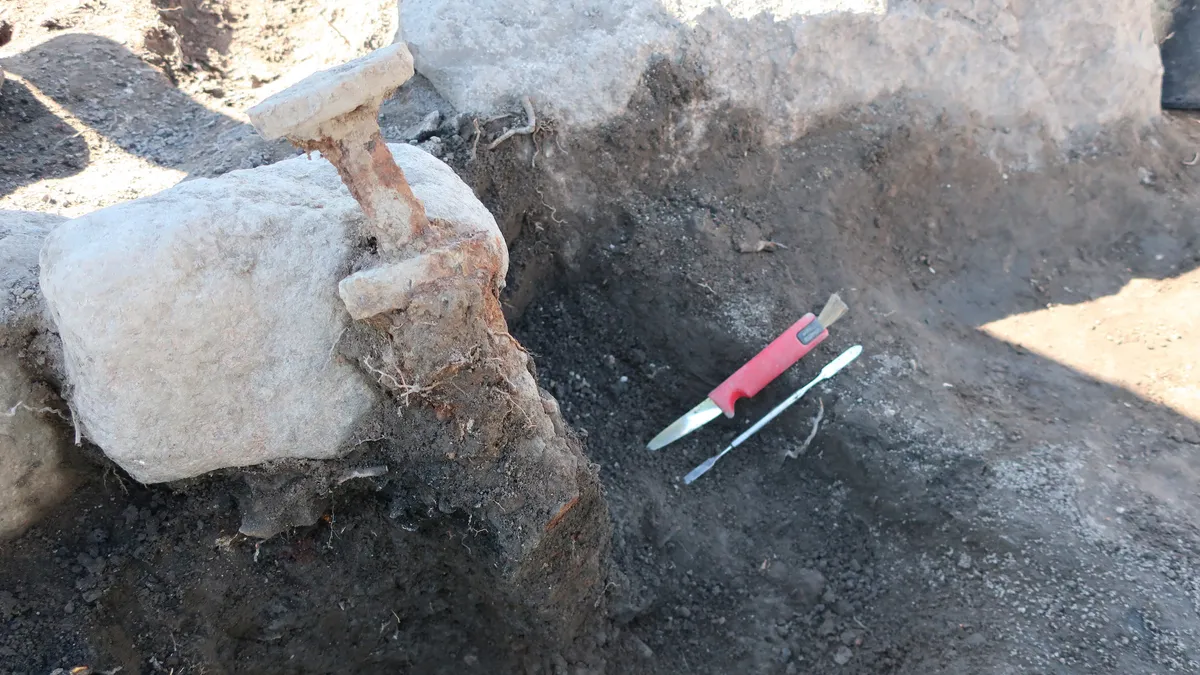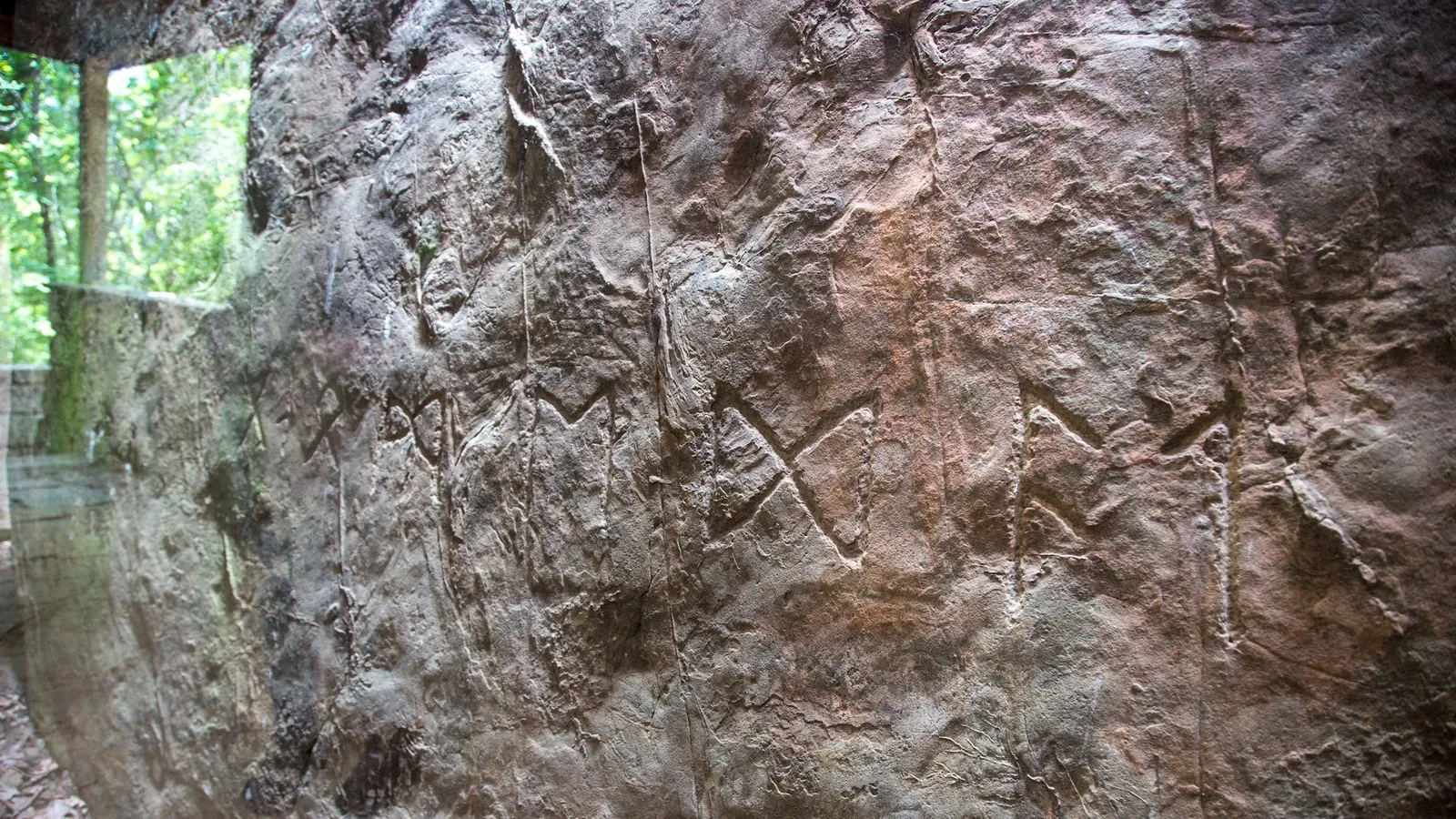Monday, November 28, 2022
Currower Ogham Stone
Dated possibly from the fourth to seventh centuries these inscribed stones were located at various sites near ecclesiastical sites or souterrains throughout Ireland also in counties Cork, Waterford or Kerry where the highest number were recorded. Ogham stones consist of parallel lines in groups of 1-5 carved on the faces of the stones. They were carved vertically along the natural angle or edge that served as a natural stemline. The script was written wrapped around the stone it produced a unique three-dimensional aspect. Several were later moved: discovered near parish or townland boundaries or re-used in souterrains.
Read the rest of this article...
Medieval Iceland: A Timeline
A look at the events and history of Iceland between the ninth and fifteenth centuries.
Iceland’s history begins with its exploration and settlement, with a unique type of nation forming. By the mid-thirteenth century it would suffer its own civil war and then come under the control of Norway (and later Denmark). During the later Middle Ages, Iceland would be hit hard by natural disasters and plague.
Early-ninth century – a few Irish monks are the only inhabitants of Iceland
860 – a Norse sailor named Naddoðr gets lost while sailing to the Faroe Islands. He lands in Iceland and explores the territory for a short time before sailing back to the Faroes. He names the land Snæland (Snowland).
Read the rest of this article...
Monday, November 21, 2022
The Stirrup Thesis: A transformative technology that wasn’t
Sometimes there is a story that’s just so simple and explanatory that it just must be true … even when it isn’t. Such is the so-called ‘Stirrup Thesis’ most tightly connected to a story that Lynn White, Jr. told in his 1962 book Medieval Technology and Social Change, which has been one of the few medieval history textbooks to remain continuously in print since its publication.
Put simply – and it is simplistic – the Stirrup Thesis argued that when the Franks discovered the stirrup in the eighth century, they used it to develop a new form of mounted shock combat with the couched lance, made cavalry the dominant military arm and knights the backbone of the military aristocracy (and that then led to a wholesale r/evolution in society to support the horse-owning aristocracy that gets shorthanded in another quasi-mythical concept, ‘feudalism’), and promptly turned back the Umayyad invasion of Gaul from the Iberian Peninsula, thus securing Europe for Christendom.
Read the rest of this article...
The ancient golden treasure rewriting Danish history
A chance discovery is shedding new light on early Norse history, after two old school-friends, armed only with a metal detector stumbled across a gold treasure trove.
More than 20 gold artefacts, weighing almost a kilo, were found buried in a field in the Danish village of Vindelev. Hidden for almost 1,500 years, the treasure includes Roman medallions and ornate pendants called 'bracteates' - some as large as a saucer.
There are mysterious inscriptions and never-seen-before runes, which researchers think are some of the earliest references to Norse gods.
Read the rest of this article...
Wednesday, November 16, 2022
The Viking Axe
A ‘Danish’ Axe discovered in the Thames River. it dates from the 11th century.
Photo by Medievalists.net
Photo by Medievalists.net
Few weapons were so feared or as evocative as the axe used by the Vikings in their feuds and in battle, as well as on their raids throughout Europe in the eighth and ninth centuries and beyond. With its long shaft, wielded in both hands, its iron head and sharp edge, it was formidable indeed – cleaving heads and bodies at a single blow. But what was it really like?
Read the rest of this article...
Thursday, November 03, 2022
Metal detectorist stumbles across Viking treasure hoard in Norway
In the ninth century A.D., this treasure might have bought half a cow.
(Image credit: Brigit Maixner)
Using a metal detector in a field, a Norwegian man stumbled upon a number of silver pieces dating back to the Viking Age.
Many people dream of finding buried treasure, but very few people actually do. For one man in central Norway that dream became a reality just before Christmas last year, when he took his metal detector for a stroll in a field near his home and unearthed a hoard of silver fragments from the Viking Age.
At first, Pawel Bednarski wasn't sure of the value of the fragments he'd found buried under just a couple of inches of soil. There were a pair of rings, what looked like chopped-up Arabic coins and fragments of a silver bracelet, among other pieces. But when he reached out to local historians and archaeologists, the truth became clear: This was a significant find.
Tuesday, November 01, 2022
2 Viking swords buried upright might have connected the dead to Odin and Valhalla
This sword has a preserved pommel (a knob at the end of the handle) with a "button" on top.
(Image credit: The Archaeologists/National Historical Museums, CC BY)
(Image credit: The Archaeologists/National Historical Museums, CC BY)
Archaeologists in Sweden excavating a Viking grave field have uncovered two burials containing swords standing upright.
Archaeologists in Sweden have unearthed two Viking swords in neighboring graves that were buried upright, as if they were standing on their points.
Whoever installed the iron swords perpendicular to the surface about 1,200 years ago clearly did so on purpose, as it would have taken a lot of effort — possibly involving a rock or hammer — to wedge the weapons roughly 16 inches (40 centimeters) into the ground, archaeologists told Live Science.
"The placement of the swords reflects an action with a lot of symbolism," Anton Seiler(opens in new tab), Fredrik Larsson(opens in new tab) and Katarina Appelgren(opens in new tab), archaeologists at Arkeologerna, an archaeology firm in Sweden that is part of the government agency National Historical Museums, told Live Science in an email. "When you find swords in graves — which you don't do very often — they often lie beside the buried individual, as a faithful companion on the voyage to the next world."
Read the rest of this article...
The mysterious Viking runes found in a landlocked US state
Did Vikings find their way to a remote part of Oklahoma? Some in a small community believe so, thanks to controversial runic carvings found in the area.
"[Farley] spent the majority of her adult life researching the stone," said Amanda Garcia, Heavener Runestone Park manager. "She travelled all around the US, went to Egypt and went to different places looking at different markings."
Faith Rogers, an environmental-science intern and volunteer at the Heavener Runestone Park, led me down a cobblestone path toward one of the 55-acre woodland's biggest attractions – which is also one of the US' biggest historical mysteries. We were deep in the rolling, scrub-forest foothills of the Ouachita Mountains in far eastern Oklahoma, and we were on our way to view a slab of ancient sandstone that still has experts scratching their heads and debating about the eight symbols engraved on its face.
Some believe that these cryptic inscriptions are runes (ancient alphabetical characters) carved into the towering stone circa 1000 CE by Norse explorers who travelled up the Arkansas River to this remote part of landlocked America.
Read the rest of this article...
Subscribe to:
Comments (Atom)
